Discover 20 hidden attractions, cool sights, and unusual things to do in Syracuse (Italy). Don't miss out on these must-see attractions: Ear of Dionysius, Cathedral of Syracuse, and Tempio di Apollo. Also, be sure to include Roman amphitheater in your itinerary.
Below, you can find the list of the most amazing places you should visit in Syracuse (Sicily).
Table of Contents
Ear of Dionysius
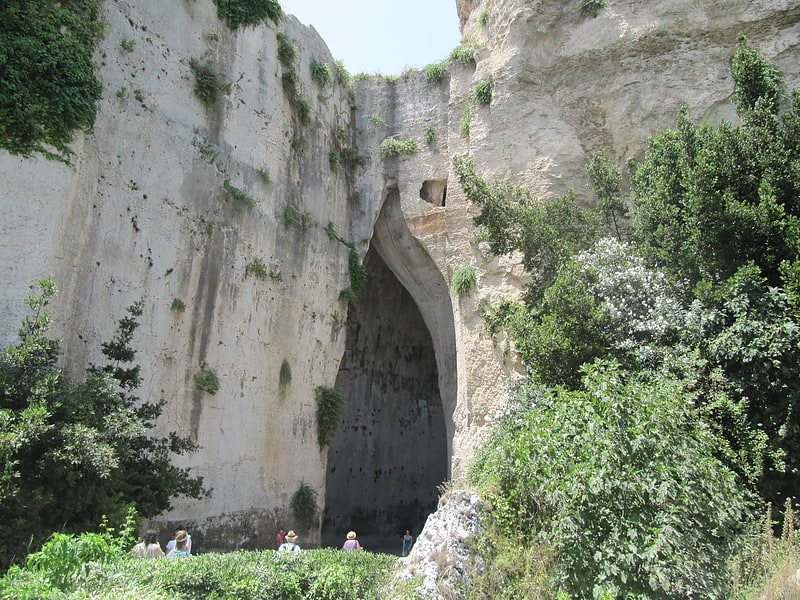
Also known as: Orecchio di Dionisio
Limestone cave known as Ear of Dionysius. The Ear of Dionysius is a limestone cave carved out of the Temenites hill in the city of Syracuse, on the island of Sicily in Italy. Its name, given by the painter Michelangelo da Caravaggio, comes from its similarity in shape to the human ear. The name is also linked to the acoustic effects inside the cave: it is said that people's voices echo up to 16 times.[1]
Address: Via Paradiso, 14, 96100 Siracusa
Cathedral of Syracuse

Also known as: Duomo di Siracusa
Catholic cathedral in Syracuse, Italy. The Cathedral of Syracuse, formally the Cattedrale metropolitana della Natività di Maria Santissima, is an ancient Catholic church in Syracuse, Sicily, the seat of the Catholic Archdiocese of Siracusa. Its structure is originally a Greek doric temple, and for this reason it is included in a UNESCO World Heritage Site designated in 2005.
The cathedral stands in the city's historic core on Ortygia Island.[2]
Address: Piazza Duomo, 96100 Syracuse
Tempio di Apollo
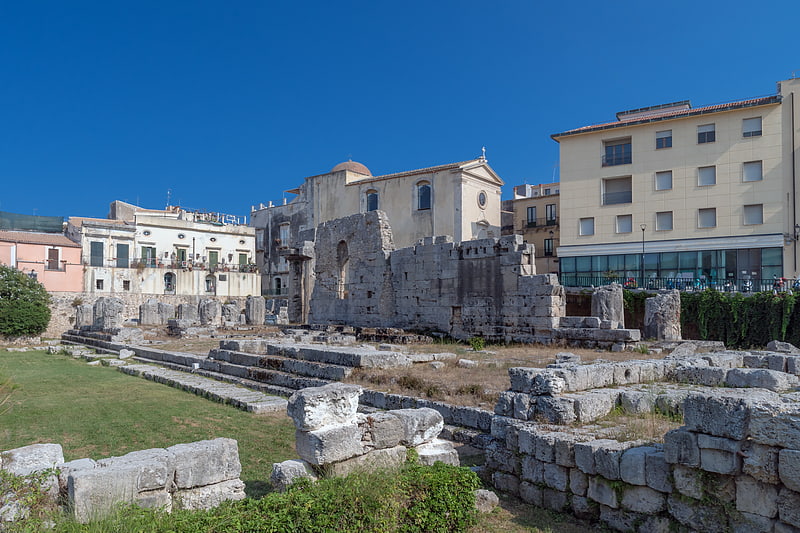
Historical place in Syracuse, Italy. The Temple of Apollo is one of the most important ancient Greek monuments on Ortygia, in front of the Piazza Pancali in Syracuse, Sicily, Italy.[3]
Address: Piazza Pancali, 96100 Siracusa
Roman amphitheater
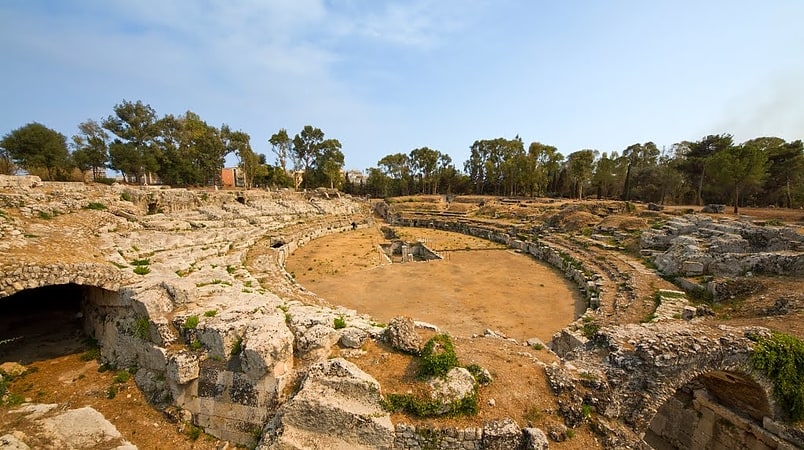
Also known as: Anfiteatro romano di Siracusa
Amphitheater in Syracuse, Italy. The Roman amphitheatre of Syracuse is one of the best preserved structures in the city of Syracuse, Sicily, from the early Imperial period.[4]
Address: Via Cavallari, 96100 Siracusa
Grotta del Ninfeo
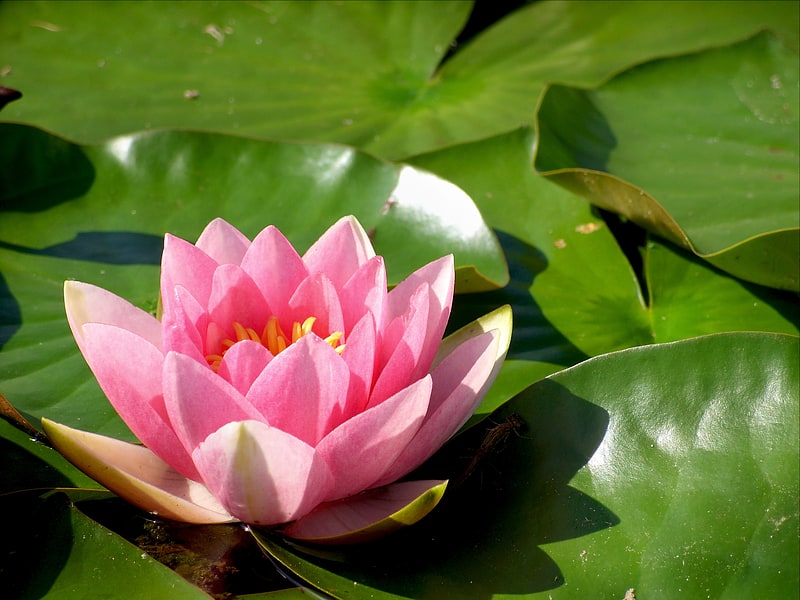
Tourist attraction in Syracuse, Italy. The Grotta del Ninfeo is an artificial cavity in the rock of Temenite Hill located in the Archaeological park of Neapolis in Syracuse.[5]
Castello Maniace
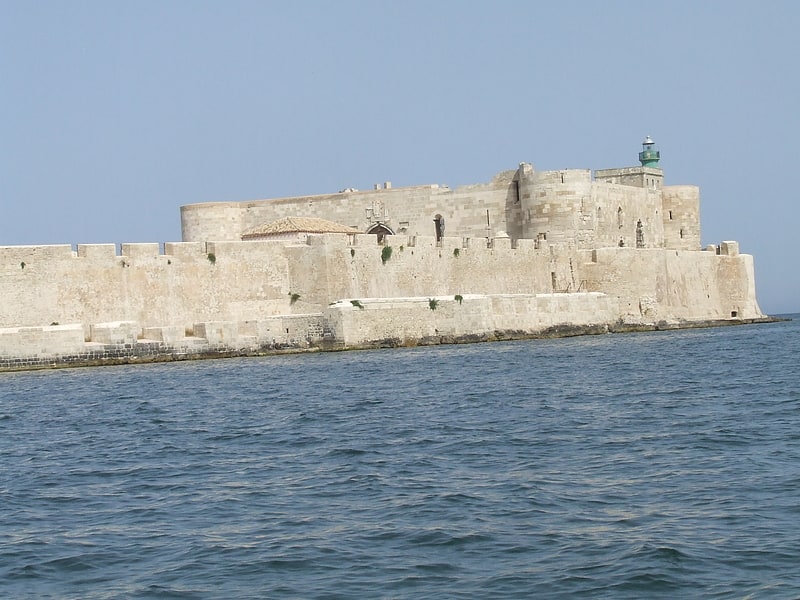
Castle in Syracuse, Italy. The Castello Maniace is a citadel and castle in Syracuse, Sicily, southern Italy. It is situated at the far point of the Ortygia island promontory, where it was constructed between 1232 and 1240 by the Emperor Frederick II. It bears the name of George Maniakes, the Byzantine general who besieged and took the city in 1038. Originally, one could only enter the castle over a bridge spanning a moat. A feature of the castle is the decorated portal. Today the castle is open to public and is a local tourist attraction in Syracuse.[6]
Address: Via Castello Maniace 51, 96100 Syracuse
Fountain of Arethusa
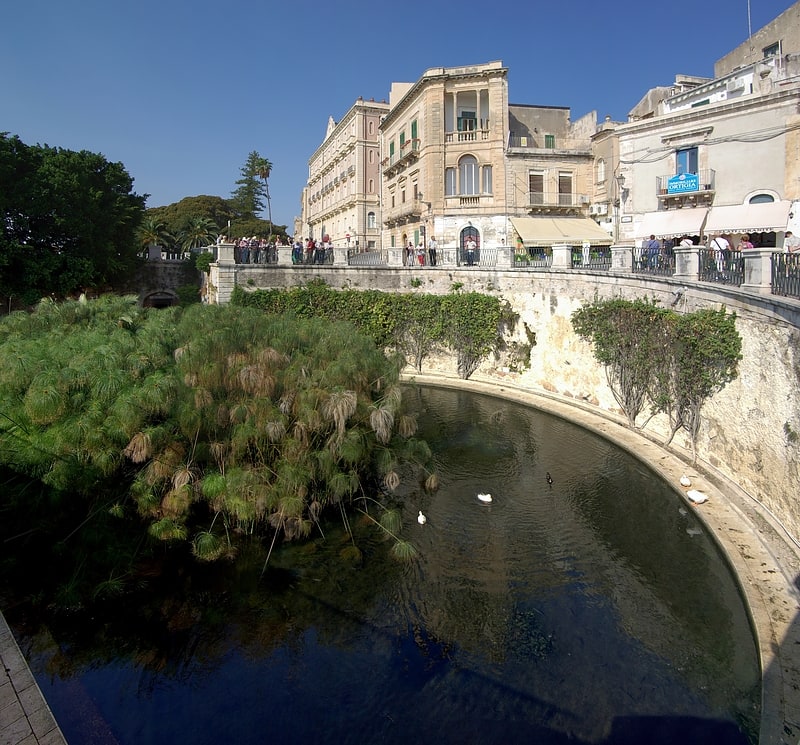
Also known as: Fonte Aretusa
Historical landmark in Syracuse, Italy. The Fountain of Arethusa is a natural fountain on the island of Ortygia in the historical centre of the city of Syracuse in Sicily. According to Greek mythology, the fresh water fountain is the place where the nymph Arethusa, the patron figure of ancient Syracuse, returned to earth's surface after escaping from her undersea home in Arcadia.
The fountain is mentioned in a number of works of literature, for instance John Milton’s pastoral elegy Lycidas (l. 85) and his masque Arcades, as well as Alexander Pope’s satire The Dunciad (Bk 2, l. 342) and William Wordsworth's blank verse poem The Prelude (Bk X, l. 1033). These writers would have known the fountain from references in ancient Roman and Greek sources, such as Virgil's 10th Eclogue (l. 1) and Theocritus' pastoral poem Idylls (I, l. 117). Virgil reckons the eponymous nymph as the divinity who inspired bucolic or pastoral poetry. In Moby-Dick, Herman Melville writes that waters from the fountain were said to come from the Holy Land.
The Fountain of Arethusa, the river Ciane, south of Syracuse, and the river Fiume Freddo in the province of Catania are the only places in Europe where papyrus grows.[7]
Address: Largo Aretusa, 96100 Siracusa
Castello Eurialo

Historical landmark in Italy. The Euryalus Fortress located in the frazione of Belvedere, was the key point in the fortifications of the ancient Greek city of Syracuse. It is located on the highest point of the hill of Epipolae, around 7 km northwest of Syracuse.[8]
Teatro Greco

Also known as: Teatro greco di Siracusa
Performing arts theater in Syracuse, Italy. The Greek theatre of Syracuse lies on the south slopes of the Temenite hill, overlooking the modern city of Syracuse in southeastern Sicily. It was first built in the 5th century BC, rebuilt in the 3rd century BC and renovated again in the Roman period. Today, it is a part of the Unesco World Heritage Site of "Syracuse and the Rocky Necropolis of Pantalica".
Despite its abandoned state, it remains one of the most beautiful locations in the world, offering the most grandiose and picturesque spectacle that there is.[9]
Address: Viale Paradiso, 96100 Siracusa
Bellomo Palace Regional Gallery
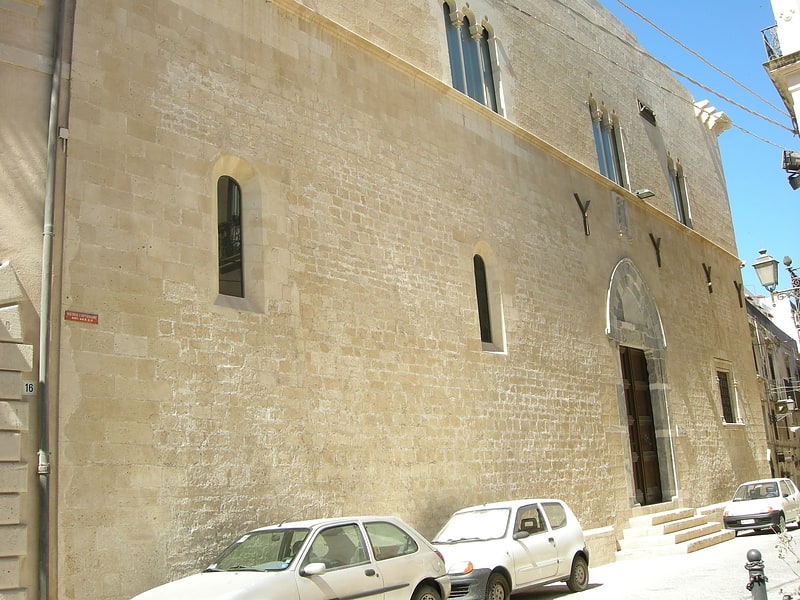
Also known as: Museo di palazzo Bellomo
Museum in Syracuse, Italy. Bellomo Palace Regional Gallery is an art museum in Syracuse, Sicily.[10]
Address: Via Giuseppe Maria Capodieci, 16, 96100 Siracusa
Palazzo Beneventano del Bosco
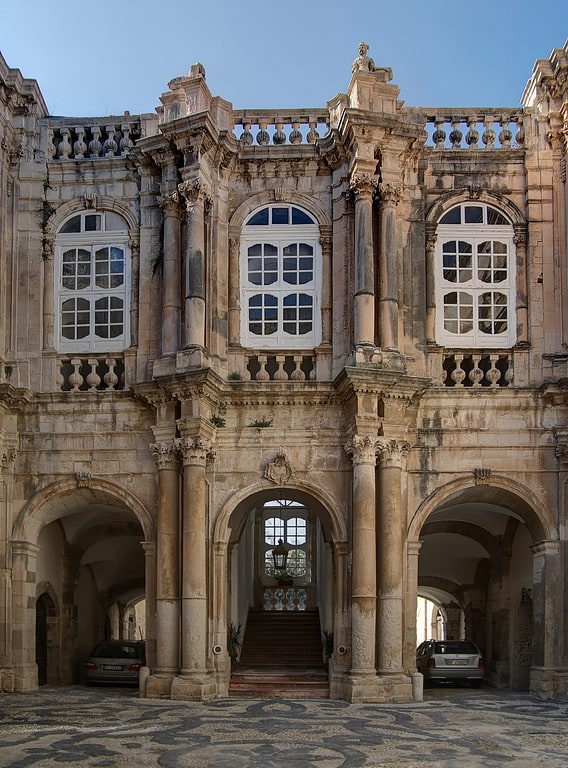
Palazzo. The Palazzo Beneventano del Bosco is a large urban palace, located on piazza Duomo, across from the present city hall and diagonal to the Cathedral of Syracuse, in the island of Ortigia in the city of Syracuse in Sicily, Italy.[11]
Museo archeologico regionale Paolo Orsi

Museum in Syracuse, Italy. The Museo Archeologico Regionale Paolo Orsi of Syracuse, Sicily is one of the principal archaeological museums of Europe.[12]
Address: Viale Teocrito, 66, 96100 Siracusa
Temple of Athena
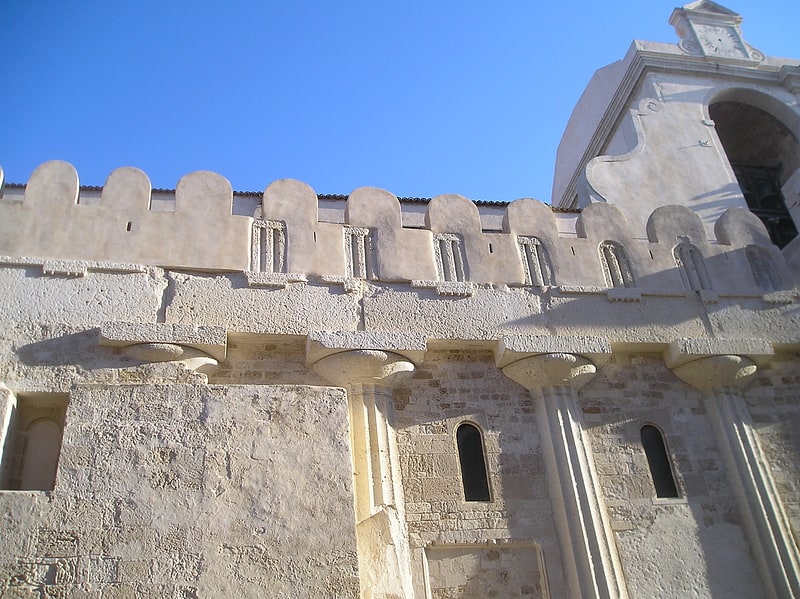
Also known as: Tempio di Atena
Historical landmark in Syracuse, Italy. The Temple of Athena is a hexastyle peripteral Doric temple built in Syracuse in the 5th century BC by the tyrant Gelo after his victory over the Carthaginians at the Battle of Himera. The temple was preceded by a cult site which dated back to the 8th century BC, with an altar discovered in excavation at the beginning of the twentieth century, and by an earlier temple from the middle of the sixth century BC.[13]
Spiaggia della Pillirina

Beach
Neapolis

The Neapolis Archaeological Park is a natural area filled with archaeological finds belonging to several periods of Syracuse history. Due to the quantity and significance of its monuments, it is considered one of the most important archaeological areas in Sicily and among the largest in the Mediterranean.
Syracuse Commonwealth War Graves Commission Cemetery
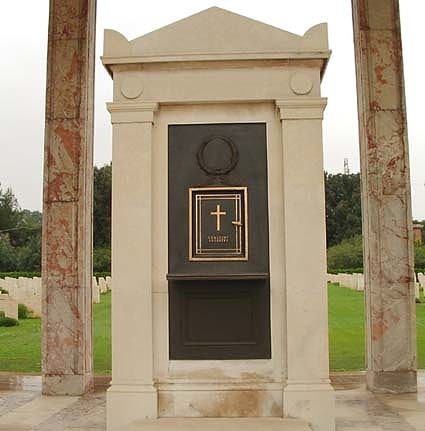
Also known as: Syracuse War Cemetery
Burial ground. Syracuse War Cemetery is a Commonwealth War Graves Commission burial ground for the dead of World War II located near Syracuse on the island of Sicily.[14]
Palazzo Montalto
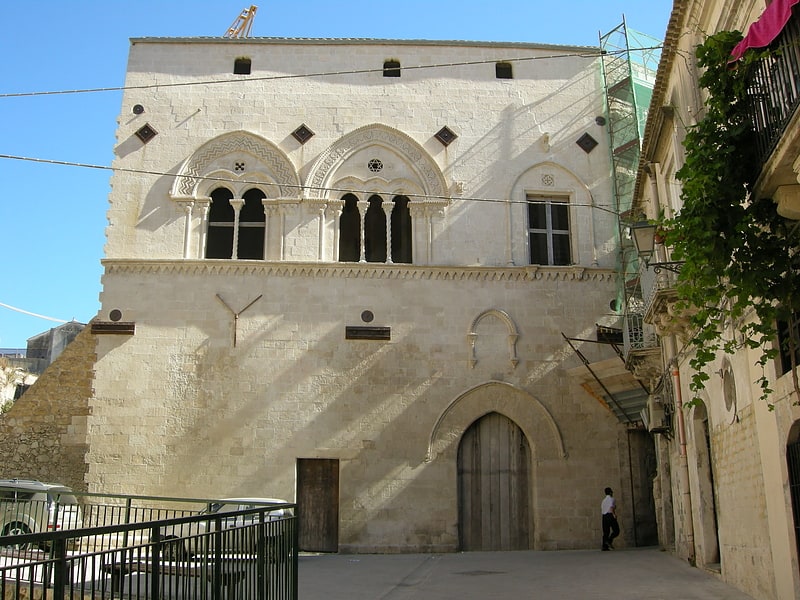
Palace in Syracuse, Italy. Palazzo Montalto, also known as Palazzo Mergulese-Montalto, is a late 14th-century palace on the island of Ortygia in Syracuse, Sicily.[15]
Address: Via Dei Mergulensi, 4, 96100 Siracusa
Chiesa di Santa Lucia al Sepolcro
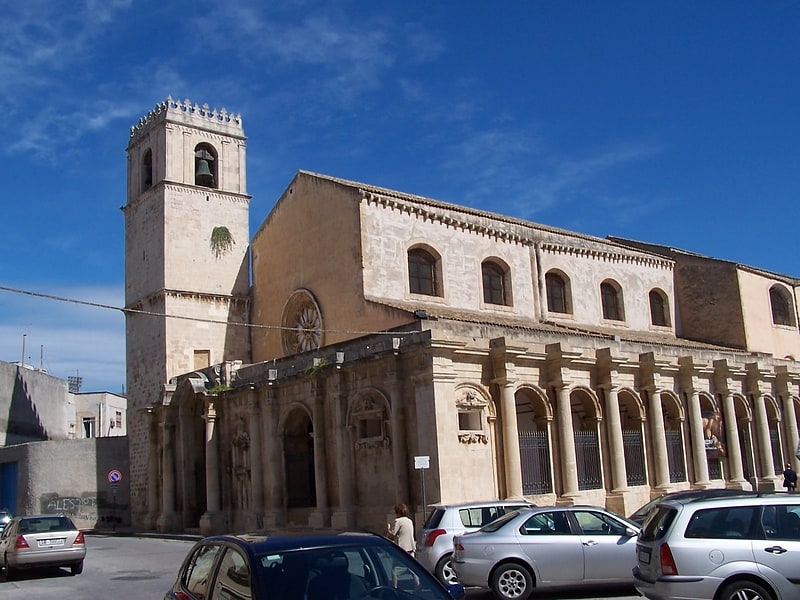
The shrine of Saint Lucy at the tomb is a shrine erected on the site where the Syracusan saint was martyred in 304 during the great persecution ordered by Emperor Diocletian.
The church, the convent of the Franciscan Friars Minor and the Saint's nearby tomb, at the Santa Lucia neighborhood of the city, were defined as extra moenia because they were isolated from the remaining part of Syracuse. For this very reason it was also known as the church of Santa Lucia outside the walls.
Address: Piazza Santa Lucia, 96100 Siracusa
Grotto dei Cordari
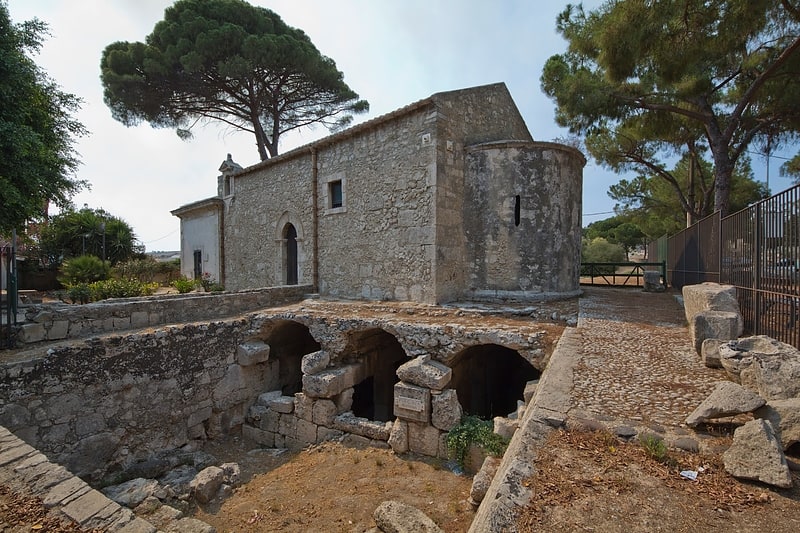
The church of San Nicolo ai Cordari was one of the first churches built in Syracuse.
Altar of Hieron
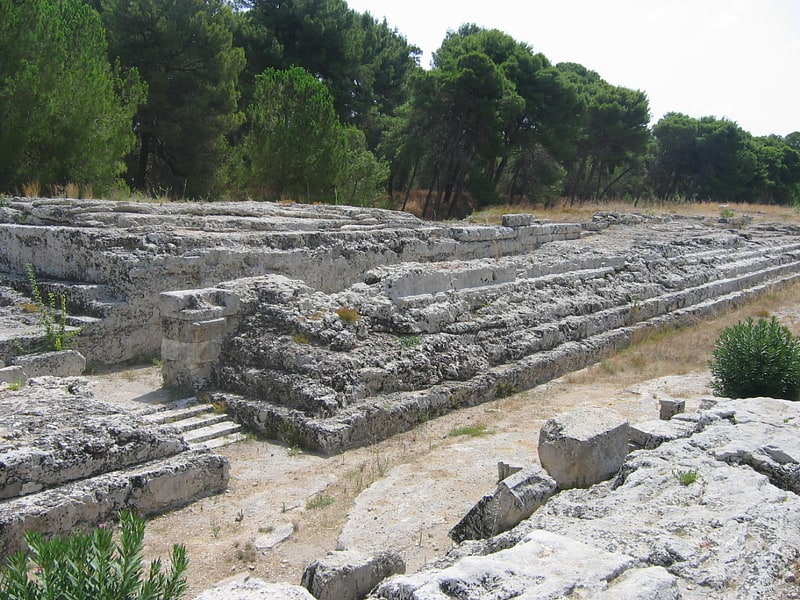
Also known as: Ara di Ierone
Monument in Syracuse, Italy. The Altar of Hieron or the Great Altar of Syracuse is a monumental grand altar in the ancient quarter of Neapolis in Syracuse, Sicily. It was built in the Hellenistic period by King Hiero II and is the largest altar known from antiquity.[16]
Address: Via Paradiso, 14, Syracuse